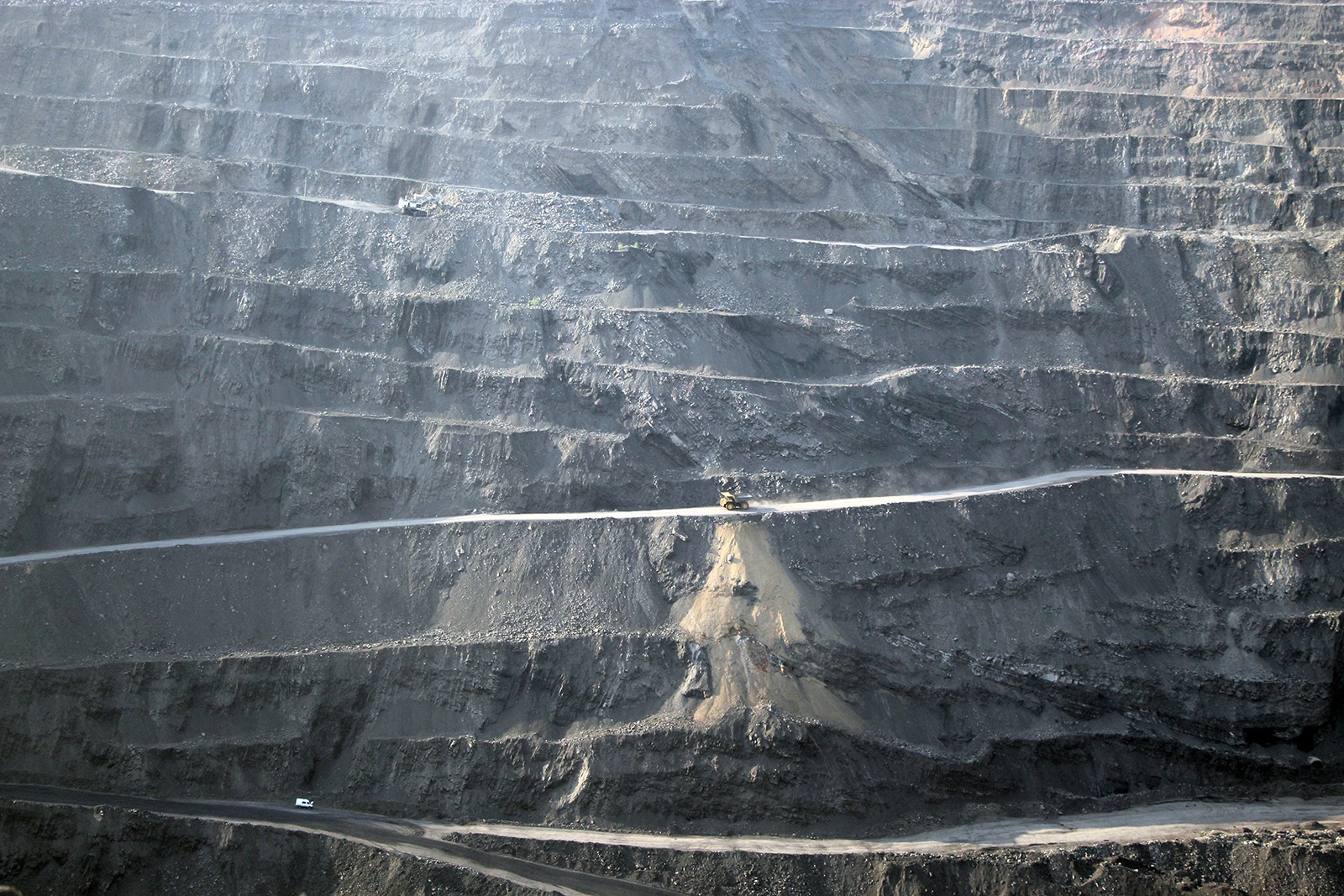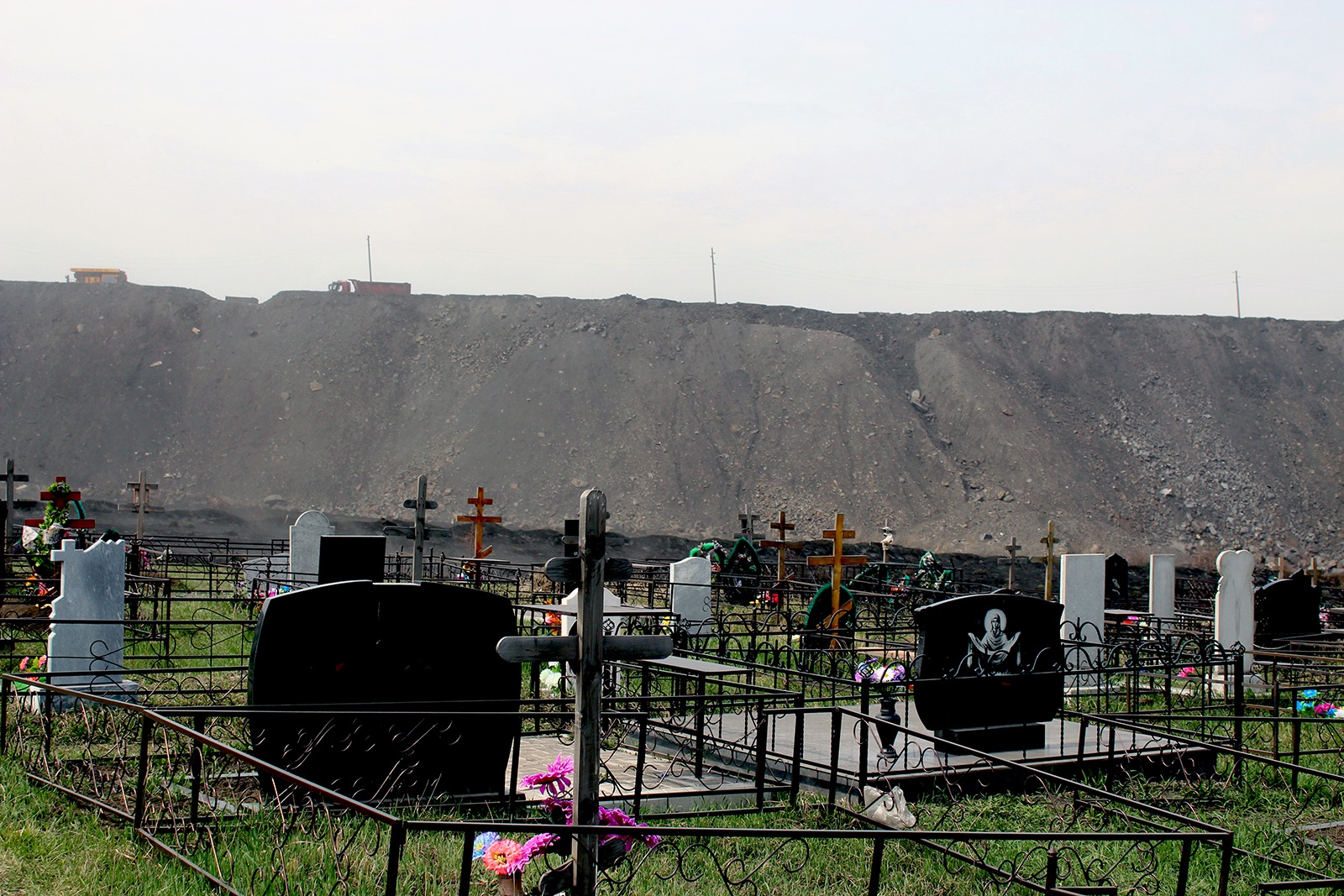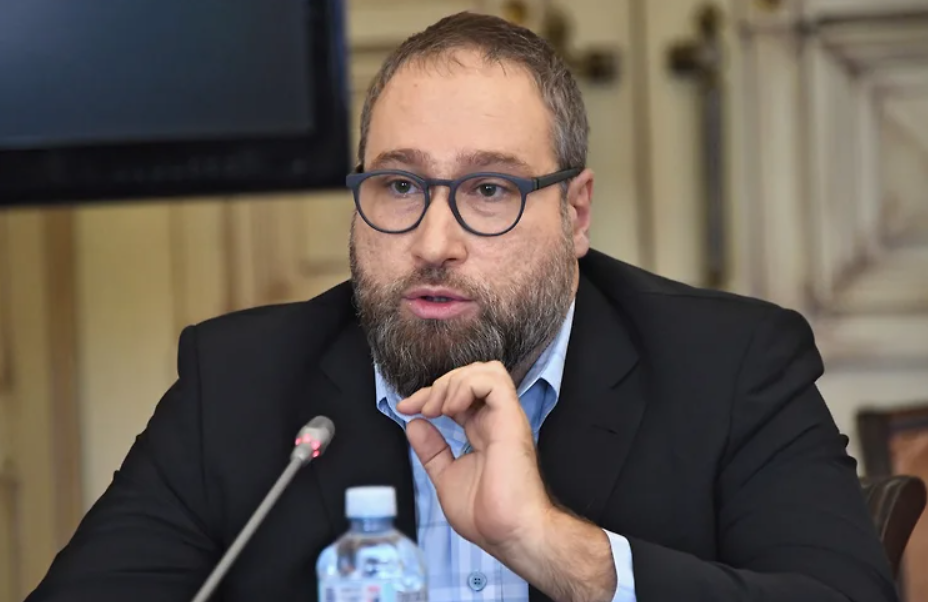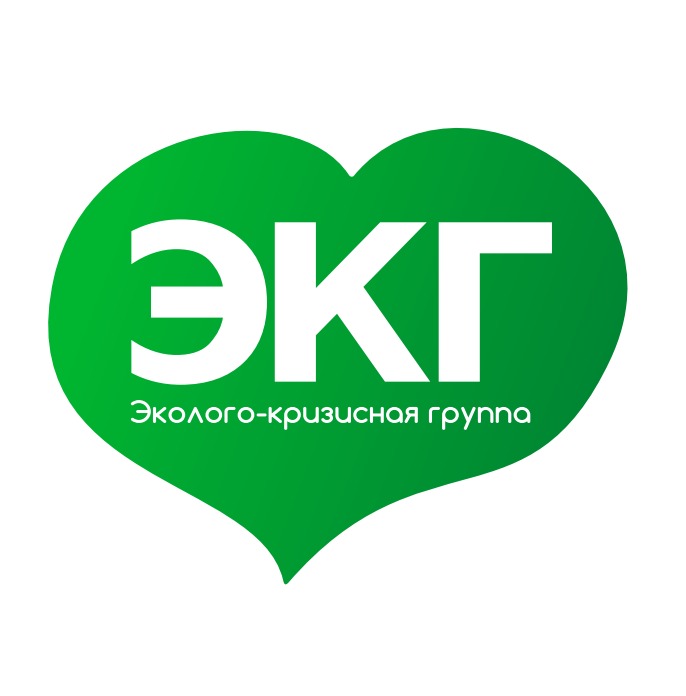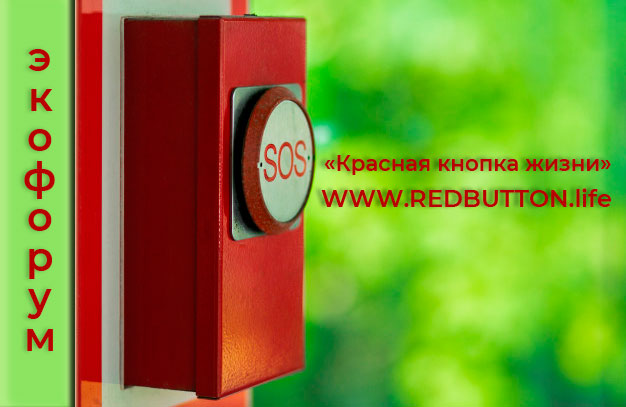While Europe is making plans to phase out coal by 2050 or even by 2030, major mine accidents take place in Kemerovo Oblast (a.k.a. Kuzbass). People living around open-pit mines are at even greater risk due to long-term exposure to adverse environmental conditions. The mortality rate in the coal mining regions is traditionally higher than the national average, and “occupational” diseases, such as tuberculosis and cancer, affect not only the miners. According to a study by Kuzbass doctors, published in the Russian Hygiene and Sanitation Journal, far more children with birth defects are born in the coal cities of Novokuznetsk, Prokopyevsk, and Kiselyovsk than in the relatively clean town of Tashtagol or, on average, in Russia.
SDS-Holding (a.k.a. Siberian Business Union, or SBU)
In 2018, the Listvyazhnaya mine was selected, among others, for an audit by Bettercoal, an international association of coal consumers. Membership in Bettercoal is a kind of quality mark for coal miners. The organization inspects suppliers for the use of modern technologies, environmental protection, promotion of the welfare of workers and local residents, and measures to protect human rights.
Organization members get significant preferences in Europe, new coal supply contracts, and most importantly, a solid reputation that money cannot buy. The conflict-prone and dangerous coal business is promoted as a modern industry that complies with all high global standards.
In 2018, the Listvyazhnaya mine passed an audit. Three years later, however, hundreds of violations were revealed at the mine. The mine had to suspend its operations every now and then, while miners kept complaining about being forced to violate safety rules. In the Listvyazhnaya mine disaster in November 2021, as a result of a methane explosion 51 miners died. The owner and the CEO were arrested.
Along with the Listvyazhnaya mine, the organization accepted several other companies of the SDS-Holding. Before that, Bettercoal had recognized Kuzbassrazrezugol (KRU), the Siberian Coal Energy Company (SUEK), and the Taldinskaya Mining Company (TMC) as the “best coal suppliers.”
Kuzbassrazrezugol (KRU)
Local historian and journalist Vyacheslav Krechetov says that during his first visit to Kuzbass, the Bettercoal auditor asked him to arrange a meeting with representatives of the Teleuts, an indigenous people living in Kemerovo Oblast. The Bachatsky open-pit coal mine, owned by Kuzbassrazrezugol, is near the Teleuts’ place of residence.
Auditor Julia Menis met with the residents of the Bekovo village of the Belovo District, including representatives of the Teleut community “Ene-Bayat,” the chairman of the village council, and ordinary Teleut villagers.
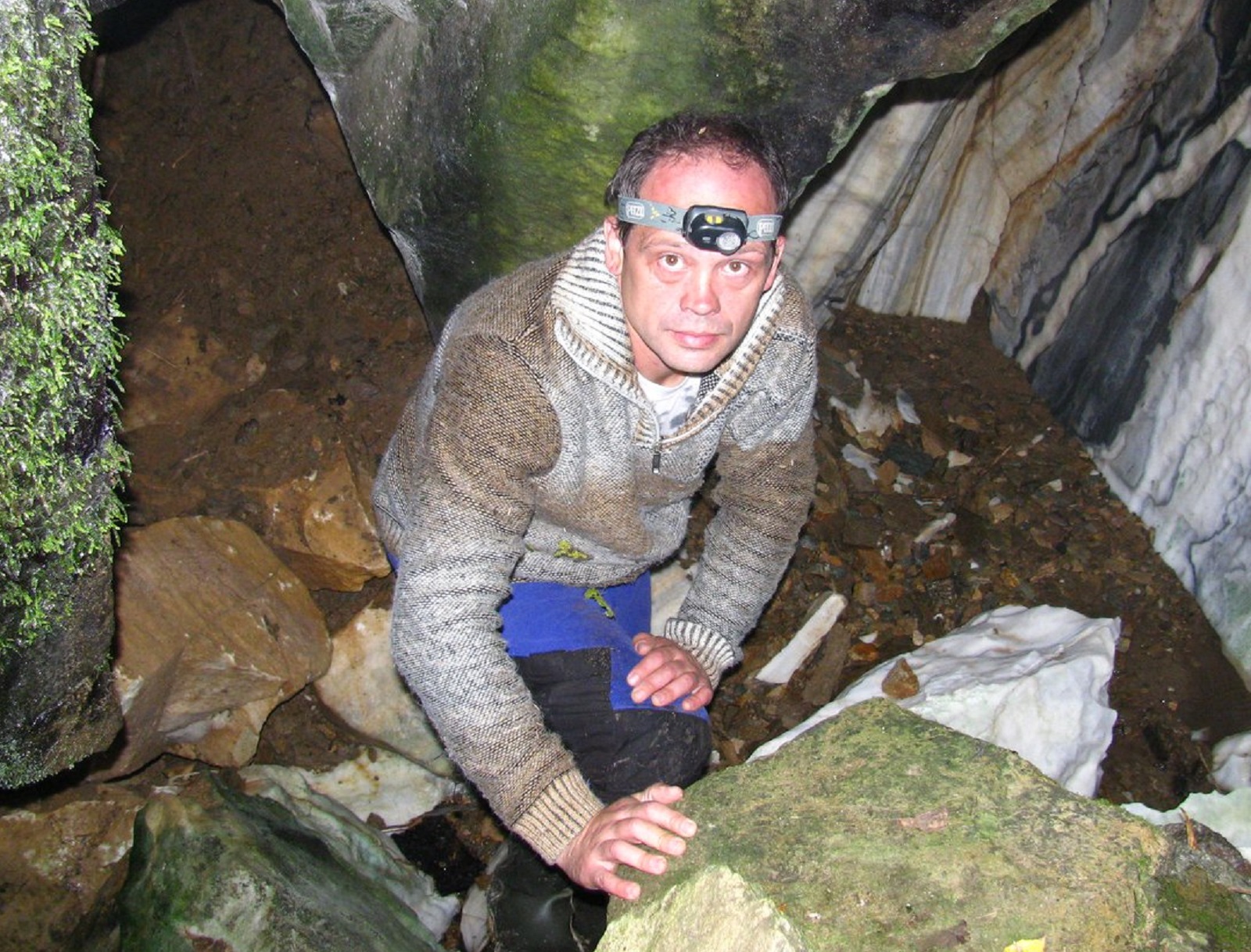
Photo: Vyacheslav Krechetov
“The villagers told us about obnoxious, in-your-face things the Bachatsky open-pit mine does,” Krechetov said. “For example, farmer Vasily Todyshev lamented that the company had ruined the road, thus completely disrupting the crop sowing schedule. Open-pit mining per se, as well as the mine’s infrastructure, negatively affect the agricultural lands used by the Teleuts. According to a recent ecological assessment, coal mining has resulted in degradation of lands and pollution of the Bachat River. The villagers presented the auditor some relevant documents issued by the Russian regulatory government agencies and the ecological assessment made by a research institute.”
Foto: bettercoal.org
After the meeting in the village of Bekovo, Krechetov took the auditor to the “Razrez 14 Km” train station, officially recognized as the area of traditional residence and economic activity of indigenous peoples. According to Krechetov,
“It doesn’t take a rocket scientist to realize that the situation is nothing short of outrageous. People live squeezed between the regional highway and the railroad where freight trains with coal run all the time. The company does not have an officially approved zone of sanitary protection, and the mine dump is just 500 meters away from residential buildings. And that dump had been burning before our visit, and it was burning on the day we arrived there with the Bettercoal auditor, and it keeps burning. That fire is impossible to put out since there is no known technology to do it.”
Following the letter of the rule—but, perhaps, not the spirit of it— the auditor reported no threat to the lives of locals since they lived at a safe distance from the quarry and were not exposed to the harmful substances that accompany coal mining.
Photo: a residential building in Kiselevsk next to a coal waste heap
After meeting the indigenous people whose feedback about the company was almost entirely negative and who spoke vociferously about the violations of the UN Declaration of the Rights of Indigenous Peoples and relevant Russian laws, it was hard to imagine that KRU would become a partner of the European organization “working towards a global responsible coal supply chain.” Nevertheless, a decision to accept KRU as a new member was made. Two years later, Krechetov met with a Bettercoal representative again, and that encounter was even stranger.
We reached out to InEcA, a Novokuznetsk company that provides its customers, including Bettercoal, with “all kinds of consulting services in the field of environment protection.” Company expert Margarita Kislyakova explained that the rumors about Kuzbass coal mines having no zones of sanitary protection were not and could not be true because, in their absence, mining permits would not have been issued at all:
“A zone of sanitary protection is defined by the Sanitary and Epidemiological Rules and Norms [known as SanPiN in Russia]. According to the current rules, the distance from the boundary of the open pit and from the boundary of the dump to residential buildings must be 1,000 meters [3,280 ft] and 500 meters [1,640 ft], respectively.”
Among other things, foreign customers order Russian consulting companies to interview indigenous people. InEcA refused to explain what kind of consulting services they provide to their European customers.
During the talks on joining Bettercoal, Kuzbassrazrezugol announced it would invest 100 million rubles (USD 1.33 million) in the construction of treatment facilities at the Bachatsky open-pit mine.
Siberian Coal Energy Company (SUEK)
Kuzbassrazrezugol was the first Russian coal holding to join Bettercoal. The Siberian Coal Energy Company and the SDS-Holding got to know the organization at about the same time.
The SUEK group includes the Siberian Generating Company, which owns and runs the largest thermal power plant in Siberia, the Tom-Usinskaya GRES. As far as we know, the company does not operate under the principle of Free Prior Informed Consent (FPIC) as regulated by the Declaration on the Rights of Indigenous Peoples. The power plant, which runs on coal and has a significant impact on the environment, does not negotiate with or ask any permissions from the local indigenous population.
SUEK is actively engaged in coal mining in Russia’s Khakassia Republic, a southern neighbor of Kuzbass. Rostekhnadzor (Federal Environmental, Industrial, and Nuclear Supervision Service of Russia) regularly detects violations at the company’s facilities, shuts them down, and fines them. Environmental activists of Khakassia allege that a number of coal preparation plants and coal loading facilities have been put into operation illegally, but they continue to work.
“All the waste dumps of the Stepnoy open-pit mine, owned by SUEK-Khakassia, which occupy a huge area,” said Krechetov, “appeared back in the Soviet times, and they keep piling up. Those dumps have been burning for a long time.”
Ongoing protests in the Beysky District are caused by two factors: farmlands are being transferred en masse to coal companies, and residents are being misinformed and not allowed to attend public hearings.
Coal companies and officials accuse journalists and other participants in the hearings of being biased and of illegal videotaping, using ridiculous language, to wit:
"Those who are distributing videos online had neither [journalist] accreditation, nor did they take care of their presence beforehand. And there were only two or three residents of the district present [at a hearing].”
The activists say that it is impossible to get to the hearings and that they have no choice but to call the police to do it. The hall is filled with representatives of the coal company and local government, so when two or three “real” residents manage to be present, it is actually not so bad. However, they are usually not given the floor anyway.
“Khakassia is part of the continental migration route for some endangered bird species. The open-pit mine destroys not only our land, but also the planet’s rarest birds,” Krechetov says.
At the end of 2019, more than 300 participants in the rally For Clean Air! in Abakan, Khakassia’s capital, sent a petition to Bettercoal demanding that SUEK be excluded from the organization.
Visit Two. Two Years Later
Two years after Kuzbassrazrezugol had made it to the list of “best suppliers,” Bettercoal visited Kuzbass again. This time it was not an auditor, but a representative in Russia who came to the town of Myski with a team to meet with another indigenous people, the Shors.
Local historian Vyacheslav Krechetov was also invited there. However, on the way to the round table, he was accused of “performing as a journalist” and asked to leave the bus. The indignant representatives of the Shor community said that in this case they would also leave the bus and there would be no round table. Krechetov stayed but had to promise not to film anything. The closeness of an international organization that advocates for fair business and protection of human rights is alarming.
Photo: coal mining site "Bochatsky" mine
At the meeting, officials said that Russia had not ratified the Declaration on the Rights of Indigenous Peoples. This is not entirely consistent with Article 69 of the Russian Constitution, which guarantees the rights of indigenous peoples “in accordance with generally recognized principles and norms of international law and international treaties of the Russian Federation.” Actually, the Bettercoal Charter is not based on the legislation of any given country but it cannot contradict local laws.
Krechetov asked the organization’s representative why, after numerous complaints against KRU, the company nevertheless was recognized as a partner. The answer, Krechetov went on, was quite unexpected: the auditor who had visited two years before “turned out to be incompetent and even involved in corruption,” so the organization severed all ties with her. Therefore, the auditor’s report was apparently disregarded.
Protest Potential
The report on SDS-Holding states that a Bettercoal representative interviewed residents of the villages in the south of Kuzbass where protests are most vocal—Ananyino, Apanas, and Kostenkovo. As a result of open confrontation, including the blocking of roads, the villagers managed to stop the advance of the open-pit mine. However, activists in those villages claim that they know nothing about Bettercoal and have never met its representatives.
The coordinator of the Russian environmental movement “Ecodefense!” in Kuzbass, Anton Lementuyev, negotiated with Bettercoal and did his best to convey information about environmental violations by coal companies:
“I told them [Bettercoal] about things that were well known as it was, such as mass protests across the region, noise pollution, dust, and [human-induced] earthquakes,” Lementuyev said.
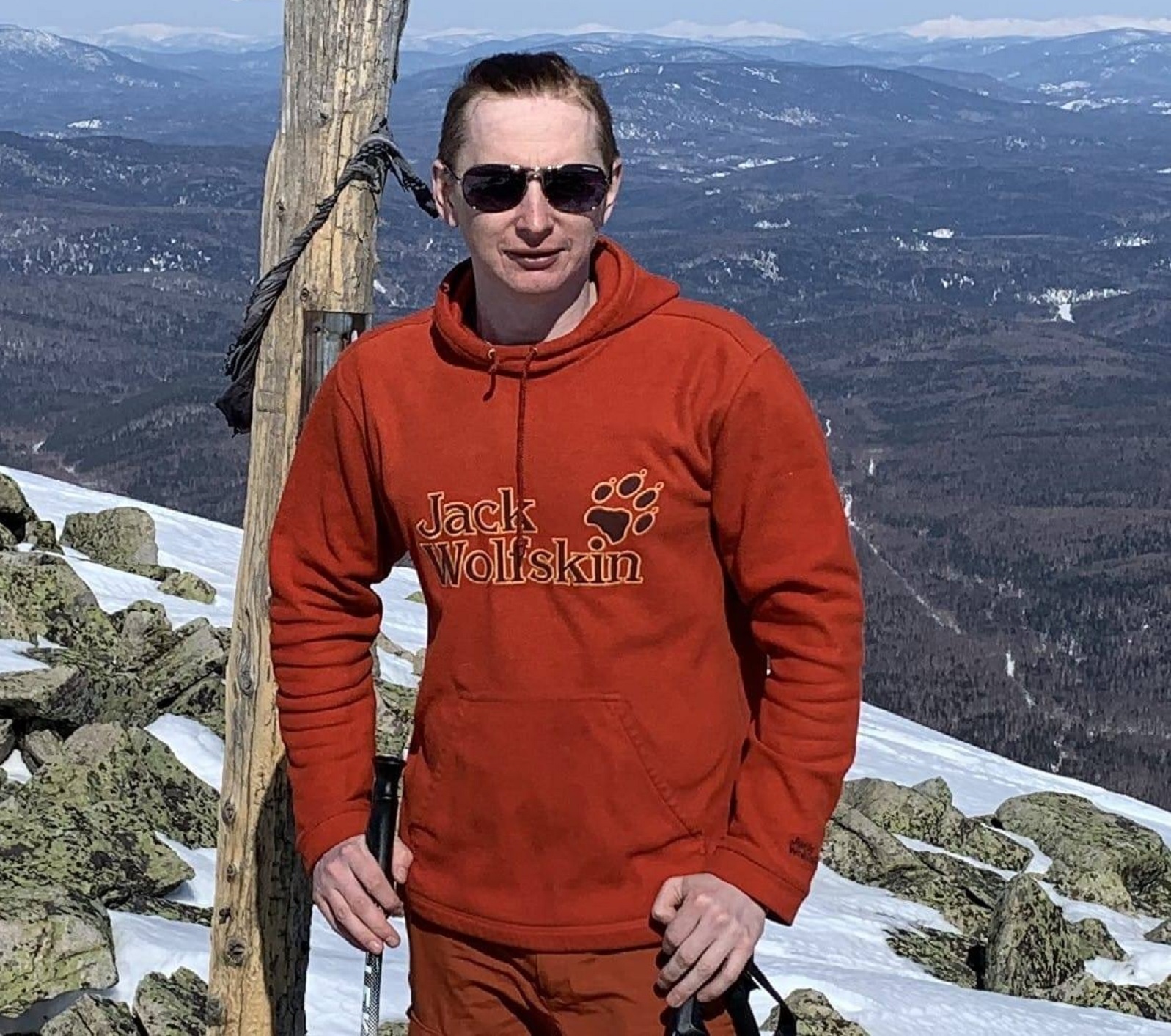
Photo: coordinator of the Russian environmental group Ecodefense! in Kuzbass Anton Lementuev
Although the InEcA consulting company mentioned “Ecodefense” in the report submitted to Bettercoal, it contained no such complaints, apparently because
“my interlocutor didn’t seem to be really interested in what I was saying. It looks like Bettercoal is interested in whether or not there is any potential for protests and a large-scale scandal, but not in how a coal company actually operates and whether the rights of local residents are violated or not," Lementuyev explained.
It is also possible that the InEcA report referred to another “Ecodefense” since there are many unaffiliated groups with the same or similar names throughout Russia.
“They [Bettercoal] allegedly spoke to someone in the village of Kostenkovo. It might have been someone whom the local officials sent to talk ‘on behalf’ of the residents,” the environmentalist suggested.
Photo: cemetery in the city of Kiselevsk
Shamans
Krechetov, Lementuyev and the author of this article discussed the issue of how the coal companies—after all the protests across the region—managed to become partners of a reputable organization. Was it pure luck or was corruption the name of the game?
Coordinator of the “Ecodefense!” group Lementuyev suggested that the main factors that mattered were production volumes, companies’ loyalty to the Russian authorities, and no likelihood of mass protests:
“Europeans need stability of supply and dissemination of ‘positive’ information [about the coal industry]. This is a simple and cynical business where people are viewed as an expendable asset.”
The confrontation between the coal companies and the indigenous peoples continues. Sometimes compromises are found, for example, the coal companies become sponsors of ethnic holidays.
From 2019 to 2021, Shor shamans (Shors are a small indigenous people of Western Siberia) performed three “anti-coal rituals” that attracted media attention. By coincidence, after the first such ritual coal prices collapsed and after the other tragedies occurred with the two most infamous Russian coal magnates.
Editor of the Abazhur Magazine,
Foma Neverov [or Doubting Thomas in English],
specially for Blackmark.online
@blackmark_en – in Russian
Follow us:
Telegram in Russian
Telegram in English
Facebook in Russian
Facebook in English
Instagram in Russian
Instagram in English





